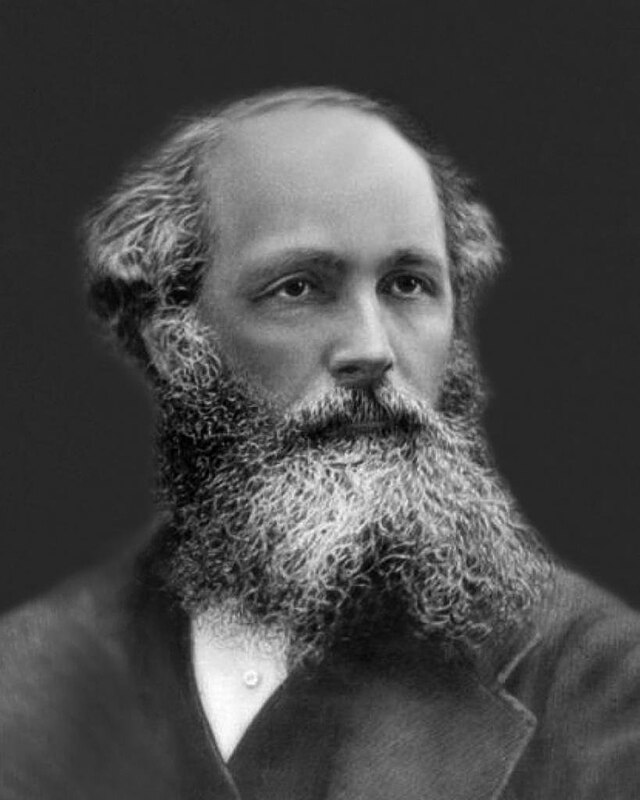The online Ohm’s Law simulations on this page will allow you to learn in a practical way how this important law works and how it shows us the relationship between voltage, current and resistance. We will discover what Ohm’s law equation is and some of its most important applications.
What is Ohm’s law
Ohm’s law is a fundamental law in physics that describes the relationship between electric current, resistance and voltage in an electric circuit. It was formulated by the German physicist Georg Simon Ohm in 1827 and has become one of the fundamental concepts in the study of electricity.
Ohm’s law Equation
Ohm’s law states that the electric current flowing through a conductor is directly proportional to the applied voltage and inversely proportional to the resistance of the conductor. Mathematically, Ohm’s Law equation is expressed as
I = V/R
where
I is the current in amperes
V is the voltage in volts
R is the resistance in ohms
This means that if the voltage applied to a circuit is increased, the current will also increase, as long as the resistance remains constant. Similarly, if the resistance is increased, the current will decrease, as long as the voltage remains constant.
Ohm’s law applications
Ohm’s law is especially useful in the design and analysis of electrical circuits. It allows you to determine the current that will flow through a given component, as well as the voltage drop that will occur across that component. It is also used to calculate the resistance needed to limit the current in a circuit, or to determine the voltage needed to obtain a desired current. In addition to its basic formulation, Ohm’s law can be applied to different components in a circuit, such as series or parallel resistors.
Explore the exciting STEM world with our free, online simulations and accompanying companion courses! With them you'll be able to experience and learn hands-on. Take this opportunity to immerse yourself in virtual experiences while advancing your education - awaken your scientific curiosity and discover all that the STEM world has to offer!
Ohm's law simulations
- Equation
- Measurements
- Bulb
Ohm’s Law equation
See how the form of Ohm’s law equation relates to a simple circuit. Adjust the voltage and resistance and see the change in current according to Ohm’s law.
File
Giants of science
“If I have seen further, it is by standing on the shoulders of giants”
Isaac Newton

André-Marie Ampère
–

Michael Faraday
–
Become a giant


AP® Physics 1



Circuits for Beginners



AP® Physics 1 – Part 4: Exam Prep



Pre-University Physics



Principles of Modeling, Simulations, and Control for Electric Energy Systems



Principles of Electric Circuits | 电路原理



Electrotechnique I



Electromagnetic Compatibility Essentials































